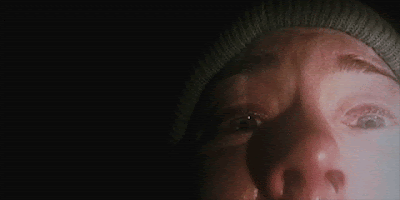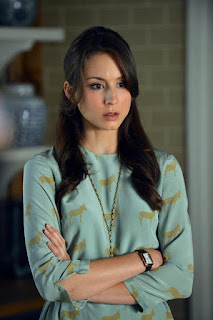Codes and Conventions of Horror genre
Codes and Conventions of Horror Genre
Narrative
Structure:
•
Standard Chronological Structure with
beginning, middle, end (Conflict, Struggle, Realization)
•
Often there is heavy foreshadowing to
build tension
•
The problem the protagonist faces is
caused or exacerbated by being isolated, unprepared, or naive
•
The narrative is built to cause
tension, anxiety, and fear in the audience
•
Story plays on standard human fears:
the dark, strangers, isolation, death, violence, insanity, creepy monsters
Themes:
•
Good vs. Evil
•
Religion and the Supernatural or
Beyond Death
•
Nightmares, Madness, Insanity,
Suicide
•
Childhood Fears and Issues
•
Revenge
•
Science gone bad
•
Murder, Death, Hate
•
Darkness, Demons, Satanic Ritual
Setting:
•
Hospitals, Insane Asylums, Mental
Institutions or Hotels (long hallways and lots of rooms)
•
Graveyard or Cemetery
•
Churches or Convents
•
Isolated communities or remote
locations (cabin, abandoned mansion, haunted house, ghost town, farm field,
dark woods, tunnels) – deserted places
•
Basements, Attics, Science Labs
Props and
costumes:
•
Dark colored clothes, costumes,
settings
•
Weapons (rarely guns – usually a
stabbing or cutting weapon like knives, scythes, axes, chainsaws)
•
Religious or Demonic Symbolism
•
Monsters (vampires, evil scientist, werewolves,
zombies, possessed people, mass murderer)
•
Lots of black and red
•
Mirrors, masks, peepholes, stalking,
chasing
•
Running and then tripping and falling
(being chased)
Cinematography:
•
Unnatural camera angles – very high,
very low, canted (to show dominance and innocence and power relations)
•
Extreme Close-Ups on victim’s face to
show fear
•
Long take with a sudden jump cut to
frighten viewer
•
Point of View (POV) shots from the
view of the villain
•
Handheld camera adds terror
Sound and
music:
•
Ambient Diegetic sounds (footsteps,
chainsaw, breathing)
•
Orchestral (violin)
•
Silence used to build tension



Comments
Post a Comment